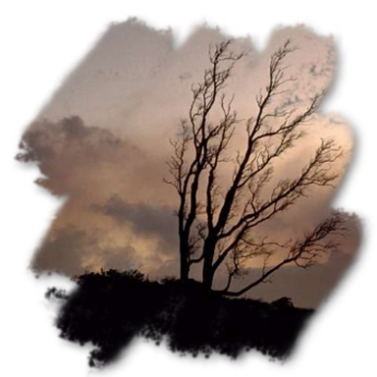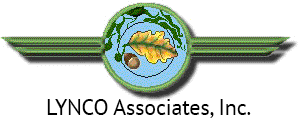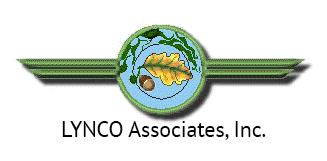After the Fire

The smoke billowed up into the atmosphere, and the wind was blowing the burned magazine pages and pieces of newspapers right into our yard. Even pieces of shingles blew into our yards that night. We lived 8 miles from the hills that were burning. It was hard to breathe. Many of my friends were in the long lines of cars coming out of the housing developments that were on engulfed. They said that the smoke was so thick, all they could think about was how to breathe without inhaling the ashes. Only the tail lights of the cars in front of them, showed them how to get out of the area. Smoke swirled around the cars, like so many snakes.
The smell carried to our house as well. It wasn’t like the smell of a bon fire, it was sharp and stung our lungs. It wasn’t just trees and wood that was burning, it was shingles, paint, tar, plastic, furniture. People with lung diseases were sick for days after.
The sky was lit up behind the smoke as the fire consumed the pine trees all the way up the mountain pass. Even from our house we could see the tree crowning in sections of the mountains. It was a scary night and we could not go to sleep thinking about the hundreds of families who were evacuated from the mountain side estates. We were glued to the TV to hear what was happening. Several tourist attractions and ranches burned to the ground. Homes were lost, and two people were killed by the fire. The weird thing about the fire was that it hopped over some of the houses, leaving them standing as lone sentinels in a field of chimneys and cement sidewalks.
It took a good 36 hours for the firemen to contain the fire, and when it was all over, the burned pine trees looked like tufts of hair on an old man’s head. News videos of the once luscious pine green forest that blanketed the canyons and mountain sides showed blackened hills with burnt stakes that had once been trees. Driving up the pass, news cameras showed the line where the fire was contained by the firefighters to the north side of the pass. They followed the U.S. President has he gazed upon the devastation.
No More Normal
On an ordinary day when you drive around or hike in the hills, you think about the things you will do later, such cleaning up the house, baking some bread, visiting the neighbors, going out to work with the horses. But for these people whose lives were shattered by that fire, there were no more ordinary days. There was a sense of great confusion and disorientation. Normal routines were a thing of the past.
How could there be a normal routine, when you no longer had any clothes, all that remained of the kitchen and garage tools were burnt and melted pots, pans, tools, bicycles, weight machines, and tool boxes that were melted and charred. The neighborhood streets, and sidewalks bounded mostly burnt out lots, with a house here and there that remained untouched by the fire. It was a dystopian nightmare.
Building Connections
After the immediate danger was over, the clean-up began, and the people realized what had been lost. For several of the families the only thing left was the concrete driveway. Insurance companies put them on lists. For some, it took almost a year to get the funds to rebuild. For others, the homes weakened by scorching heat and water damage were denied funds by some of the insurance companies. Many families, did not rebuild. They found new places to start over. Events like this remind us that our pathways and life journeys can be redirected by traumatic events over which we have no control.
Yet, many good things happened in those neighborhoods. One thing that was heartwarming was the effort people took to save the many horses and family pets. There was a commitment to rebuild and the people shared what they had; the surrounding community members offered furniture, utensils, linens and clothing to help those who had been wiped out. They had gatherings to share ideas for how to work with the insurance companies, and helped each other with the clean-up. Local companies donated the use of heavy equipment. Neighbors helped one another. A few years after the fire, the community built a memorial in the park to remind future generations that communities are made by people helping people.



